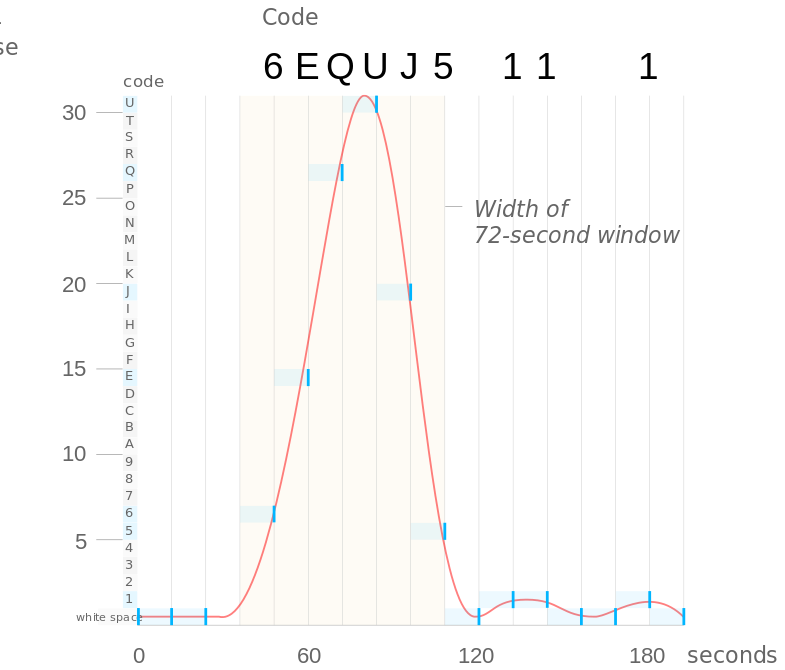Iceland Volcano: Lava Explodes From Ice Cap
 Fire and Ice
Photograph by Ragnar Axelsson, AP
Fire and Ice
Photograph by Ragnar Axelsson, AP
Ash and roughly thirty-story-tall lava fountains shoot from a half-mile-long (0.8-kilometer-long) rupture in the icy cap of southern Iceland's Eyjafjallajokull (pronounced AY-uh-full-ay-ho-kul) volcano early Sunday.
Because volcanic ash can cripple jet engines, flights were not allowed in Icelandic airspace Sunday. As of Monday, air travel was gradually returning to normal, the Associated Press reported.
The geology of Iceland, though, is anything but normal. The volcanic island lies just south of the Arctic Circle atop the Mid-Atlantic Ridge, where two tectonic plates are forever pulling apart.
Magma from deep inside Earth rushes upward, filling the gaps and fueling Iceland's volcanic eruptions, which occur about once every five years.
 Lava Fountains
Photograph by Ragnar Axelsson, AP
Lava Fountains
Photograph by Ragnar Axelsson, AP
No damage or injuries have been reported as a result of the Icelandvolcanic eruption (pictured early Sunday), despite pooling magma, ash clouds, and towering lava fountains—as well as hundreds of small earthquakes felt by area residents this month, according to the Web site of the London Times.
The last volcanic eruption in the Eyjafjallajokull glacier area took place in 1821 and continued for roughly two years, according to the Associated Press.
 Lava Glow
Photograph by Halldor Kolbeins, AFP, Getty Images
Lava Glow
Photograph by Halldor Kolbeins, AFP, Getty Images
Seen from a distance, Sunday's eruptions greet the Icelandic countryside like a sunrise.
The lava fountains on Eyjafallajoekull volcano, which is 5,466 feet (1,666 meters) tall, threatened to melt parts of the adjacent Eyjafjallajokull glacier, sparking fears of flooding in the sparsely populated farmland below.
"We estimate no one is in danger in the area, but we have started an evacuation plan, and between 500 and 600 people are being evacuated," Sigurgeir Gudmundsson of Iceland's civil-protections agency told the AFP news service Sunday.
Late Sunday some residents from the outskirts of the evacuation zone were permitted to go home as floods failed to materialize. Scientific overflights Monday aimed to determine whether the rest of the evacuees could do the same, the Associated Press reported.
 Volcanic Chain Reaction?
Photograph by Hans Strand, Corbis
Volcanic Chain Reaction?
Photograph by Hans Strand, Corbis
Not far from Eyjafjallajokull glacier, the much larger Mýrdalsjökull glacier (satellite map) hides the fiery, gently sloping Katla volcano that lies under the ice.
Considered one of Iceland's most dangerous volcanoes, Katla last erupted in 1918 and could be roused by the nearby rumblings that began over the weekend, scientists warned Monday.
"Historically, we know of three eruptions in Katla linked to eruptions in Eyjafjallajokull," Magnús Tumi Gudmundsson, a professor of geophysics and civil-protection adviser, told the AFP news service. For now, though, the giant's sleep appears undisturbed.
 Slow Burn?
Photograph by Halldor Kolbeins, AFP, Getty Images
Slow Burn?
Photograph by Halldor Kolbeins, AFP, Getty Images
Burning brightly above the rim of the 2.5-mile-wide (4-kilometer-wide) Eyjafallajoekull volcano crater, lava fountains in Iceland showed few signs of stopping on Sunday.
The unpredictable eruption could fizzle tomorrow or flourish for two years, geophysicist Magnús Tumi Gudmundsson said at a press conference Monday, according to Iceland Review Online.







 Reply With Quote
Reply With Quote





























